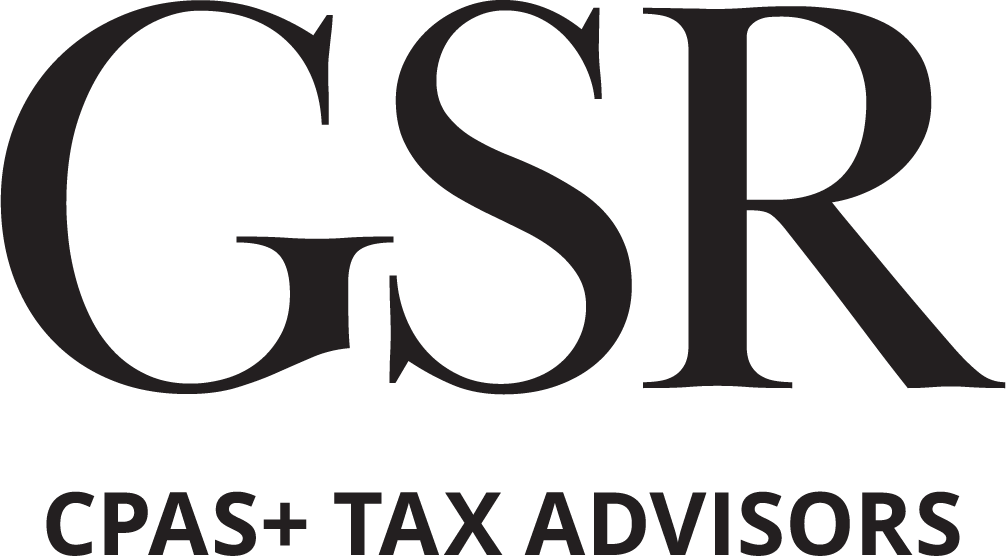
ACCOUNTANTS
THAT GO BEYOND TAXES
SCHEDULE A CONSULTATION
LEARN MORE
What Sets Our Firm Apart:
- More than tax returns.
- Up-front prices.
- Clear communication.
- On-time projects.
- Accurate, high-quality work.

OUR SERVICES
Our accountants take a deep dive into your business and identify a plan that works to accomplish your financial goals. Here are some areas we can assist you with.
-
Tax Planning
-
Mergers + Aquisitions
-
CFO Services
-
Financial Consulting
-
Financial Reviews & Compilations
-
Tax Retirement
-
Tax Risk Consulting
-
Controller Services
-
Month-End Close
-
CONSULTATION
1Finding the right certified public accountant can be intimidating, but our team wants to ensure that you know exactly what we offer from the beginning. Golub, Senitt, Rosenberg & Co. offers 30 minute first-time consultations where we discuss your accounting and tax goals and how our expert accountants can help you reach them.
-
PROPOSALS
2A proposal helps explain our recommendations in clear detail. The proposal could include a budget, how we recommend your spending changes going forward, and how you can reach your goals with the accountants here at Golub, Senitt, Rosenberg & Co. We will always provide you with the most up-to-date financial information.
-
PROJECTS
3If you have a specified project that requires our financial help, our accountants can meet with you regularly to ensure that you are on the right track. This is a great time to track the project’s spending, generate quarterly statements, and keep records for upcoming tax returns. We are involved every step of the way and can provide a big-picture perspective to our clients.












